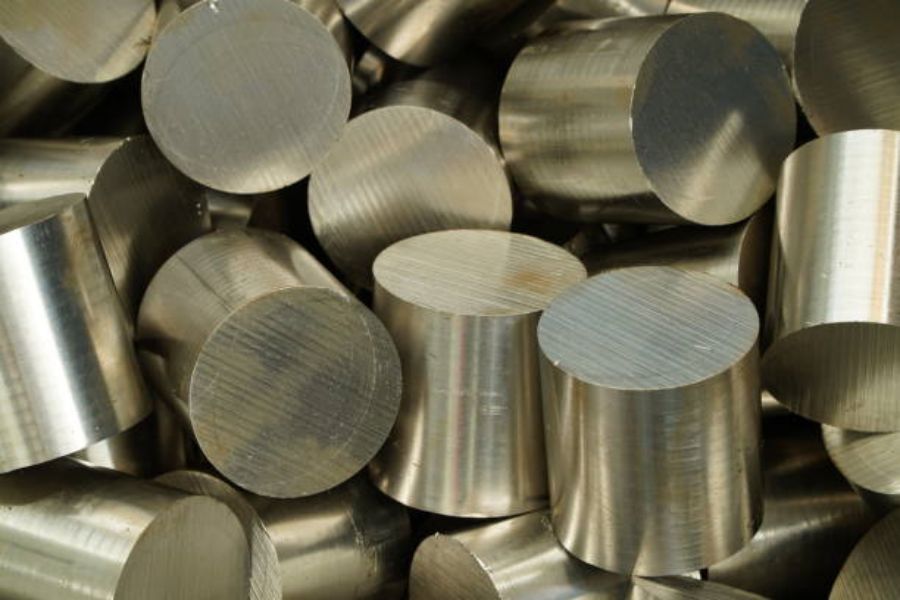Table of Contents

The Ultimate Guide to TIG Welding Titanium Filler Rod
TIG welding titanium filler rod is a crucial technique used by professionals in various industries, including aerospace, automotive, and medical. With its exceptional strength, lightweight nature, and corrosion resistance, titanium has become a popular choice for many applications. In this comprehensive guide, we will explore the various aspects of TIG welding titanium filler rod, from its composition and properties to the best practices for achieving high-quality welds.
Understanding Titanium Filler Rod
Titanium filler rod is a specialized consumable used in TIG welding to join titanium components. Unlike other metals, titanium has a high affinity for oxygen, nitrogen, and hydrogen, which can severely compromise its mechanical properties. Therefore, using a proper filler rod is crucial to maintain the integrity of the weld and ensure its long-term performance.
When selecting a titanium filler rod, it is essential to consider its composition. The most common filler rod used for TIG welding titanium is commercially pure (CP) grade 2 titanium, which contains a small amount of impurities such as iron and oxygen. This grade offers excellent ductility, weldability, and resistance to corrosion.
The Role of TIG Welding in Titanium Fabrication
Tungsten Inert Gas (TIG) welding, also known as Gas Tungsten Arc Welding (GTAW), is the preferred method for joining titanium components. This process utilizes a non-consumable tungsten electrode, an inert gas shield, and a filler rod to create high-quality, precise welds. TIG welding provides superior control over the heat input, minimizing the risk of distortion and ensuring a strong, reliable bond.
Advantages of TIG Welding Titanium Filler Rod
There are numerous advantages to using TIG welding with titanium filler rod:
- High-quality welds: TIG welding offers precise control over the heat input, resulting in welds with excellent mechanical properties and aesthetic appeal.
- Low distortion: The heat-affected zone in TIG welding is relatively small, minimizing distortion and maintaining the original shape of the components.
- Strong joint integrity: TIG welding produces welds with high tensile strength, making them suitable for critical applications.
- Ability to weld thin materials: TIG welding is ideal for joining thin titanium sheets or components without causing excessive heat damage.
- Minimal post-weld cleaning: The inert gas shield in TIG welding prevents oxidation and contamination, reducing the need for extensive post-weld cleaning.
Preparing for TIG Welding Titanium
Before starting the TIG welding process, proper preparation is essential:
- Clean the workpiece: Titanium surfaces must be free from dirt, grease, and oxide layers. Use a stainless steel wire brush or dedicated titanium cleaning solution to ensure a clean surface.
- Use the correct gas: Shielding gases such as argon or helium are commonly used in TIG welding titanium. These inert gases protect the weld pool from atmospheric contamination.
- Select the appropriate filler rod: Choose a titanium filler rod that matches the composition of the base metal to ensure compatibility and optimum weld quality.
- Setup TIG welding equipment: Adjust the TIG welding machine settings, including current, gas flow rate, and tungsten electrode size, according to the material thickness and welding requirements.
Techniques for TIG Welding Titanium Filler Rod
To achieve high-quality TIG welds with titanium filler rod, consider the following techniques:
- Controlled heat input: Titanium has a low melting point compared to other metals, making it susceptible to overheating. Maintain a steady heat input and avoid prolonged exposure to high temperatures to prevent brittleness and loss of mechanical properties.
- Slow travel speed: Titanium requires slower travel speeds compared to other metals. This ensures sufficient heat penetration and allows the filler rod to melt and fuse properly.
- Back purging: In cases where the backside of the weld joint is accessible, using a back purging technique with inert gas can help eliminate the risk of contamination and improve weld quality.
- Proper joint fit-up: Ensure proper joint fit-up, including appropriate gap spacing and edge preparation, to promote effective fusion and avoid defects.
Post-Weld Considerations
After completing the TIG welding process, it is crucial to consider post-weld treatments for optimal results:
- Inspect the weld: Thoroughly examine the weld for any defects, such as cracks or porosity. Non-destructive testing methods like dye penetrant inspection or X-ray can be used to detect hidden flaws.
- Remove surface contamination: Use appropriate cleaning methods to remove any residual contaminants or oxide layers from the weld surface.
- Perform stress relief annealing: In some cases, stress relief annealing may be necessary to minimize residual stresses and improve the overall integrity of the weld joint.
Conclusion
TIG welding titanium filler rod is a specialized process that requires proper knowledge, technique, and equipment. By understanding the properties of titanium and following the best practices outlined in this guide, welders can achieve high-quality, reliable welds in titanium applications. Whether in aerospace, automotive, or medical industries, TIG welding with titanium filler rod offers unmatched strength, durability, and corrosion resistance.
